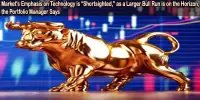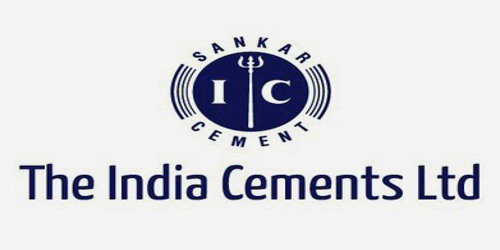As investors traverse another volatile market year, actively managed funds could bring differentiated performance to their portfolios if traders choose wisely.
Actively managed funds have typically lagged passive strategies, but 2022 proved to be a stronger year for stock pickers than most. Only a slight majority of large-cap equity fund managers lagged their benchmarks last year, according to S&P Global’s SPIVA U.S. Scorecard. The firm noted that it was the lowest underperformance rate for the category since 2009.
To be sure, that’s hardly a ringing endorsement. High fees and capital gains taxes can quickly add up, making many actively managed funds a poor alternative to passively managed strategies that can imitate a benchmark at a cheaper cost.
Nonetheless, actively managed funds have a better chance of outperforming during volatile periods. Plus, they beat passive strategies in some lesser-ventured categories for investors besides U.S. large caps, according to S&P’s research.
One actively managed exchange traded fund called JPMorgan Premium Equity ETF (JEPI) has a 9.59% yield, driving investor interest in the ETF. It currently has more than $7 billion in inflows this year, according to FactSet data.
For Jennifer Bellis, private wealth advisor at U.S. Bank Wealth Management, it depends on what the investor is trying to accomplish. Actively managed funds can help diversify portfolios, but investors will have to do their due diligence, she said.
“It’s more about looking for the right manager and the right strategy,” Bellis said.
Here’s how investors should go about deciding whether they should include actively managed funds in their portfolio and what they should look for when deciding.
Active managers, again, have the opportunity to try to figure out where the market is going.
Kathy Carey
A good track record is key
The track record of a manager is the first place to look for investors assessing actively managed strategies. A great track record of performance going back three, five, and ten years can show you how the funds and their techniques performed across multiple market cycles, particularly when certain investing styles fell in and out of favor.
“Everyone can have an up year,” Bellis said. “So what you want to do is research the fund, the manager, and look for a track record. Ideally, a 10-year history look back is what you’re looking for.”
Investors can also review managers and their teams, as well as their tenures at the fund. They can also carefully examine the fund’s holdings to see how they compare to their benchmarks. A fund that mirrors an index too closely may not generate any differentiated alpha, and may look like passive investments.
Also, even successful managers can have a down year, as past performance is not necessarily an indicator of future success.
Look for lower fees
Of course, investors will have to evaluate whether an actively traded fund is right for them.
For newer, lesser capitalized investors, passive instruments could give them the opportunity to build wealth at a far lower threshold to entry instead of the typically higher fees and capital gains taxes, as well as the research, that come with active managers.
Actively managed funds typically charge an expense ratio between 0.5% and 1%, but the cost can climb even higher than 1.5%, according to Investopedia. Meanwhile, passive index funds average about 0.2%. Other charges that could be tacked on include 12b-1 fees that are marketing costs.
“Those fees aren’t necessary,” Bellis said. “So, you want to make sure that you’re reviewing the prospectus to make sure that you don’t have those front and back-load fees because there’s plenty of funds that don’t have them. There’s no reason to pay for them.”
Check for diversification
Investors will also have to evaluate where they want to apply active strategies in their portfolio, such as emerging markets or small caps.
“Those markets are so broad, and there’s so many ideas within them that I think an active manager who is following those markets and looking through fundamentals can exploit some of the inefficiencies or find interesting ideas,” said Kathy Carey, director of asset manager research at Baird.
Of note, small caps had the lowest underperformance rate last year among U.S. equities, according to S&P Global’s scorecard. Just 40% of active funds in domestic small caps underperformed.
Carey also said investors seeking exposure to more specific emerging markets ideas outside of China might have better luck with an actively traded strategy, Baird’s Carey said.
Other interesting strategies within actively managed funds include long-short and total return strategies, according to Bellis. A long-short strategy is favored among hedge funds that seek to take bets on favored stocks, while betting against stocks that could fall. A total return strategy focuses on generating income for investors.
Baird’s Carey said investors can evaluate where active strategies could add differentiation to their portfolios.
“Active managers, again, have the opportunity to try to figure out where the market is going.” Carey said.
















